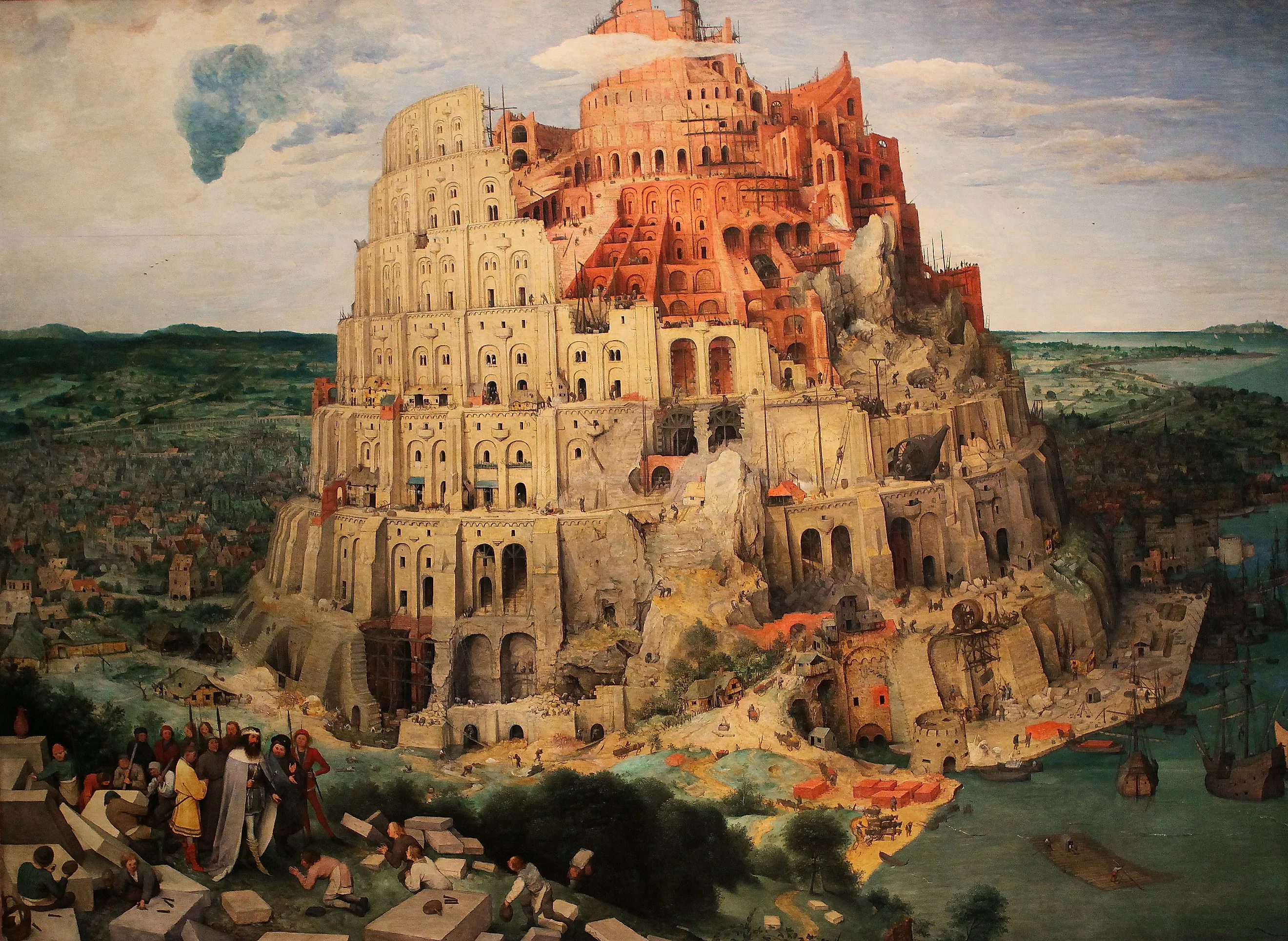
9 Of The World's Greatest Ancient Cities
Ancient cities and settlements are dotted on every continent of Earth; many of them have been lost to time and some are even hidden in plain sight. The study of these human civilizations of old has inspired scholars, the excavation attempts of archeologists, and the minds and hearts of tourists all over the world.
What follows is a sampling of ancient cities which continue to be investigated from new angles as we persist in our desire to understand the ways in which human beings have lived both with one another and with our planet.
Memphis, Egypt
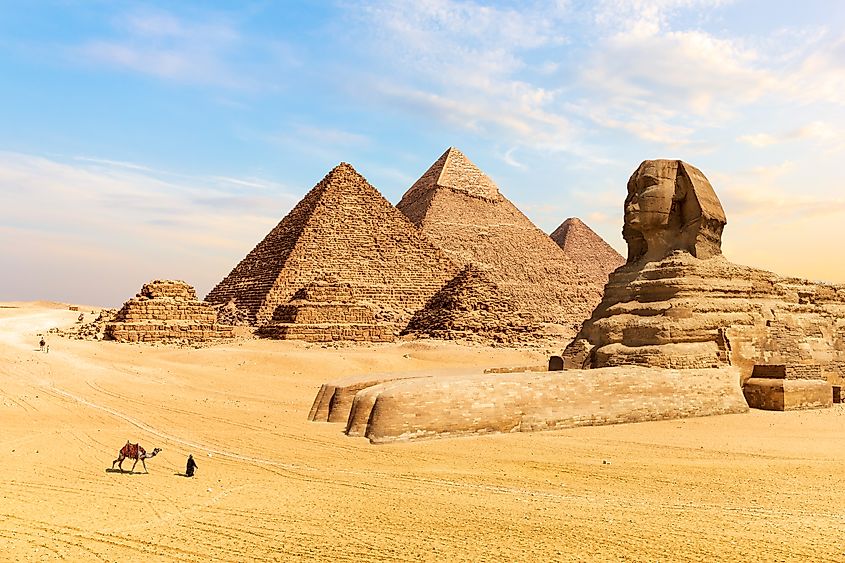
Memphis was the capital city of ancient Egypt, founded in the year 2925, Before Current Era (BCE) by a king named Menes. Menes famously united what had formerly been known as Upper and Lower Egypt. At its creation, Memphis was known as the White Walls because that was the color of the king’s palace.
Around 2100 BCE the city was re-named Men-nefer after the sixth dynasty and their nearby pyramid.
The god of Memphis was Ptah, who was thought to be the god of artisans and craftspeople. A temple was dedicated to him, but the most famous ruins surrounding Memphis include The Pyramids of Giza and The Great Sphinx.
Memphis continued to be culturally significant until the beginning of Christianity in the first century of the Current Era (CE). From the first to the fifth century, many pagan monuments were destroyed to make room for Christian monuments.
When Muslims conquered Egypt in 640 CE, what remained of Memphis was dismantled, and by the time Cairo was formed in the tenth century, the materials once used to build Memphis were transported to support the creation of the new capital.
Read MoreThe Lost City of Memphis, Egypt
Thebes, Greece
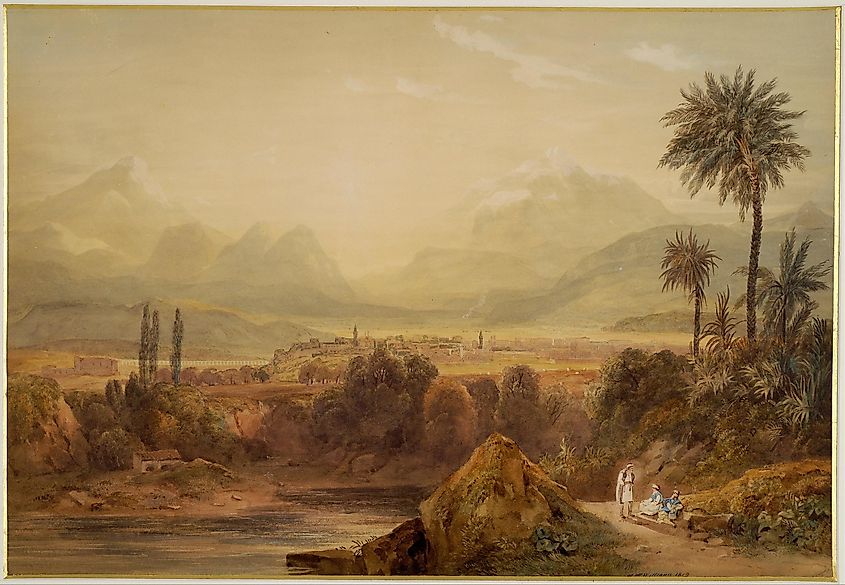
Thebes is a city in Central Greece and was an important geographical location for many Greek myths, most famously the birthplace of the hero Hercules (sometimes called Heracles). It was the largest city in the Boeotia region of Greece and sided against Athens in the invasion by Persia in 480 BCE. In fact there was much alliance-making and subsequent switching of alliances between Athens and Thebes (as well as Sparta) throughout the city’s relatively short-lived predominance.
In Homer’s The Iliad, Thebes, Greece, was called “Seven-Gated Thebes,” differentiating it from Thebes in Egypt, which was called “One-Hundred Gated Thebes.” In fact, Thebes appears several times in ancient myth and literature, including in the stories of the god of wine and pleasure, Dionysus, and was featured in the story of Oedipus.
Thebes was veritably destroyed by Alexander the Great in 335 BCE, and future attempts to resurrect it were largely unsuccessful. The current ruins are sprinkled throughout the modern city.
Babylon, Iraq
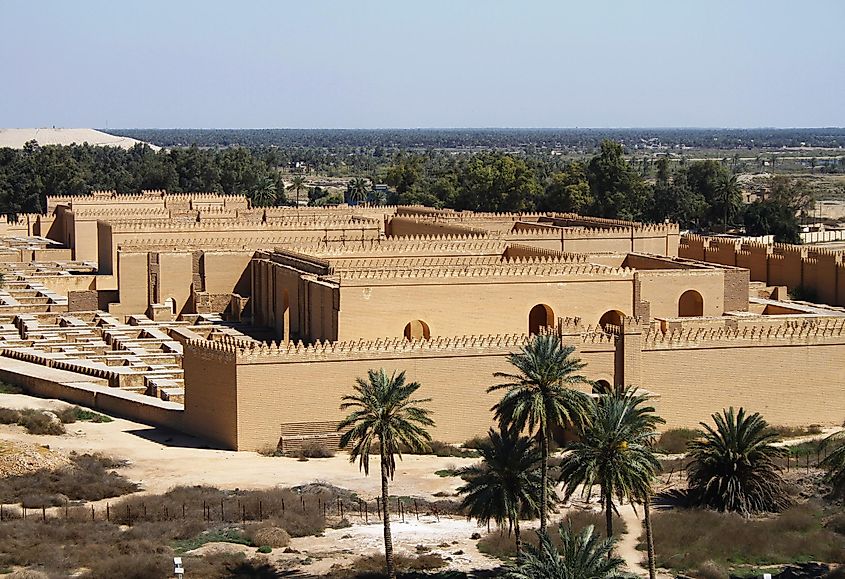
Babylon was also a city in ancient Mesopotamia. Some historians say it was founded in 1894 BCE and abandoned in 1000 CE. Others say it was founded around 2300 BCE. The consensus seems to surround its original rise to power around 1792 BCE under the rule of the Amorite king, Hammurabi. He turned Babylon into a city-state under his military power and created one of the first known written legal codes, called The Code of Hammurabi.
Babylon rose to power again during what is historically known as the Neo-Babylonian Empire from 626 BCE to 539 BCE. However, its power during this period was short-lived once again after it fell to the Persians, led by Cyrus the Great.
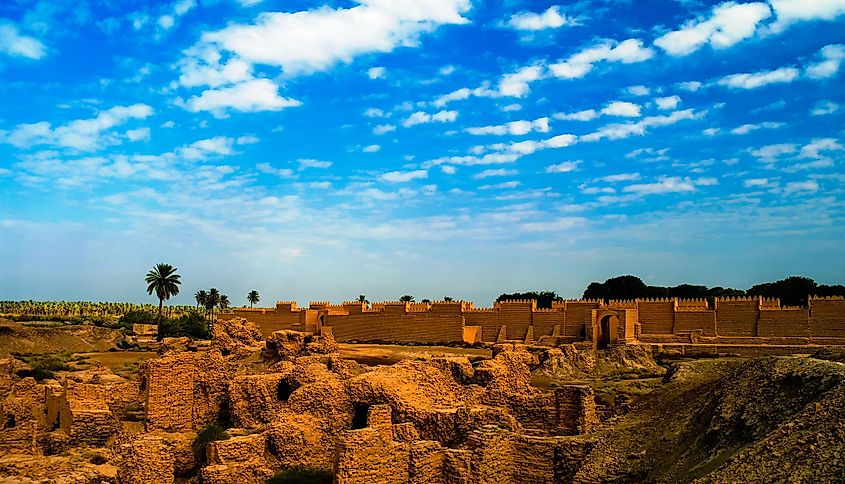
Babylon is one of history’s most well-known ancient cities due to its appearance in both Christian and Jewish religious literature and also due to its having been a supposed home to the Hanging Gardens of Babylon. Though there is no archaeological evidence to suggest that the Hanging Gardens were more than a myth, their description as one of the Seven Wonders of the Ancient World has captivated historians for centuries.
The ruins of Babylon are located south of Baghdad and were designated a United Nations Educational, Scientific, and Cultural Organization (UNESCO) World Heritage Site in 2019.
Athens, Greece
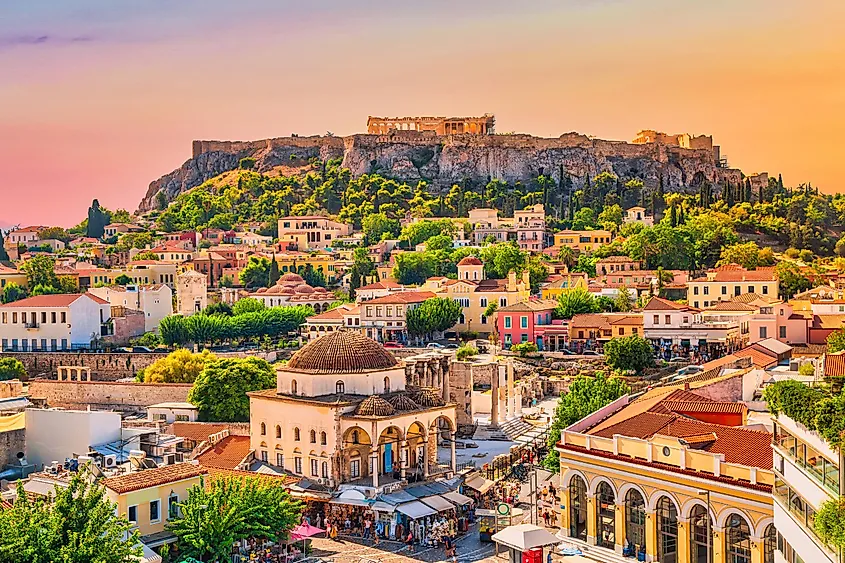
Athens is one of the oldest cities in the world and has been continuously inhabited for as long as five thousand years. It was named after Athena, the Greek goddess of wisdom and warfare.
Athens' cultural contribution to world history is immense—democracy itself is believed to have originated there. Every citizen was granted the right to vote on significant issues, a practice that is reflected in modern democratic nations today. Moreover, Athens is widely regarded as the birthplace of Western civilization.
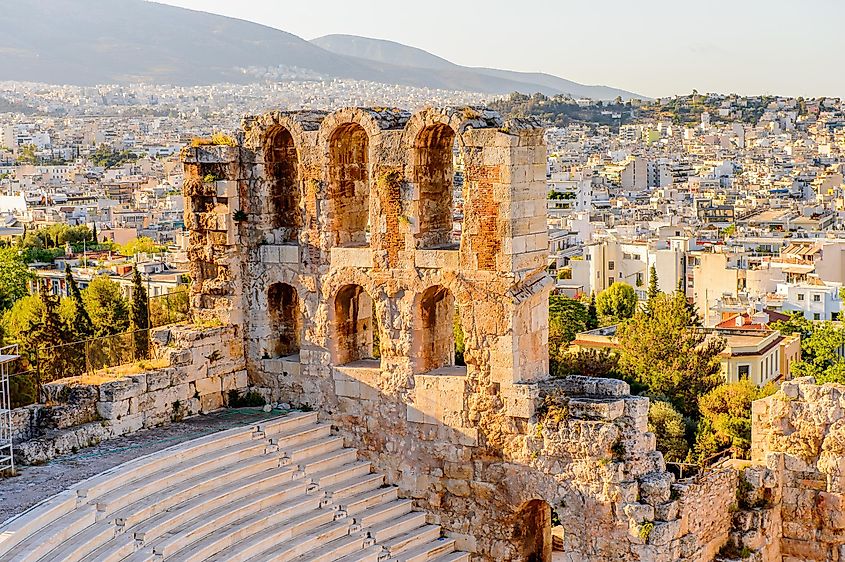
Athens, once the largest and most powerful of the Greek city-states, emerged from the combination of disparate villages that united for military and political purposes. However, over time, it declined due to arrogant leadership. What initially started as a trade-based economy gradually shifted to one focused on agriculture, with land becoming the most valuable commodity. As colonization spread, it stretched resources thin and allowed older oligarchical rulers to be overthrown by tyrants.
During this time, the democracy that Athens became known for was formed and a great renaissance of arts and culture emerged.
There are currently eighteen UNESCO World Heritage Sites in Athens.
Persepolis, Iran
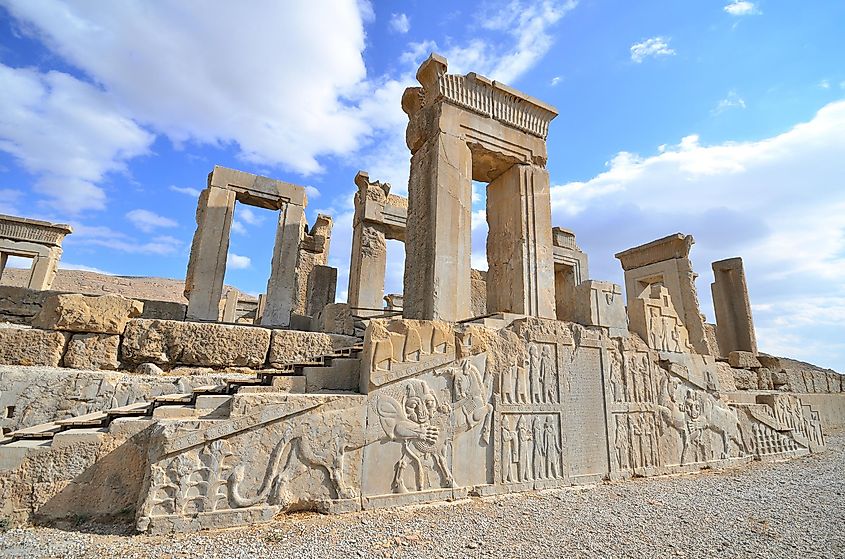
Persepolis was the ceremonial capital of Achaemenid Empire and was widely considered to be the capital of Persia. Archaeologists have dated the ruins of Persepolis as far back as 515 BCE. It was declared an UNESCO World Heritage Site in 1979.
The ruins of Persepolis are located 70 kilometers northeast of modern-day Shiraz, Iran. The city was constructed in the Achaemenid architectural style, which features government and ceremonial buildings, religious temples, and mausoleums for important figures. Persepolis took one hundred years to complete and was initially established by Darius the Great. Although it was not the largest city in ancient Persia, it served as one of the four capitals of the empire.
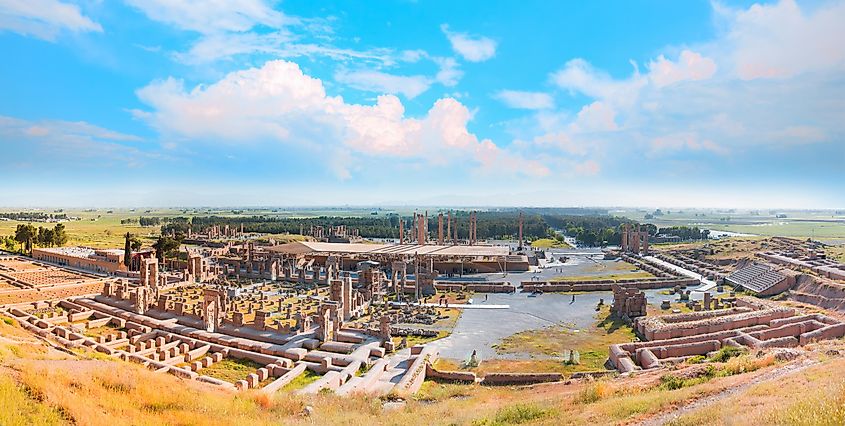
Alexander the Great ransacked and destroyed Persepolis in 330 BCE. It was excavated by archeologists in 1930.
Alexandria, Egypt
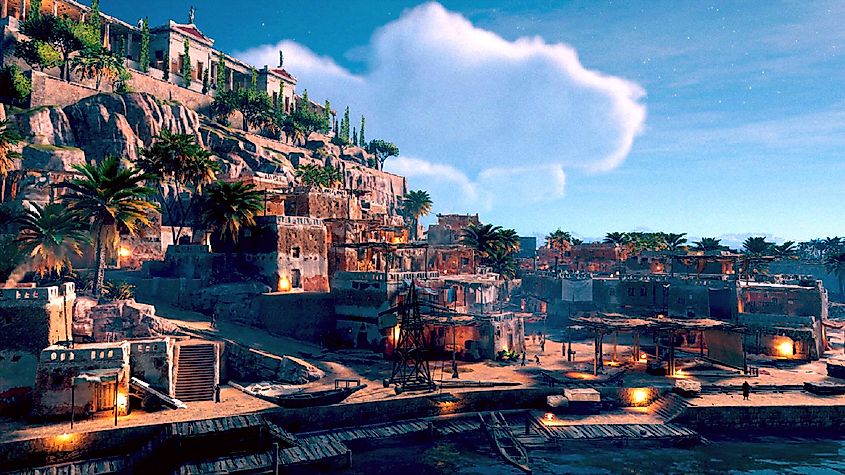
Alexandria is Egypt's second-largest city after Cairo. Founded by Alexander the Great in 331 BCE, it was established as a port city on the Mediterranean. Alexandria grew rapidly and soon replaced Memphis as Egypt’s capital city.
Alexandria was home to the Lighthouse of Alexandria, one of the Seven Wonders of the Ancient World. It was also home to the famed Great Library, which is known in its current iteration as Bibliotheca Alexandrina.
At its peak, Alexandria was the largest city in the ancient world before being out-sized by Rome, Italy.
Much of modern Alexandria is built on top of ancient ruins, making excavation beneath the existing infrastructure prohibitively expensive. Additionally, a significant portion of the ancient city is underwater, having been submerged by cycles of earthquakes and tsunamis over the centuries. Abu Mena, an early Christian holy city located southwest of Alexandria, was designated a UNESCO World Heritage Site in 1979.
Carthage, Tunisia, North Africa
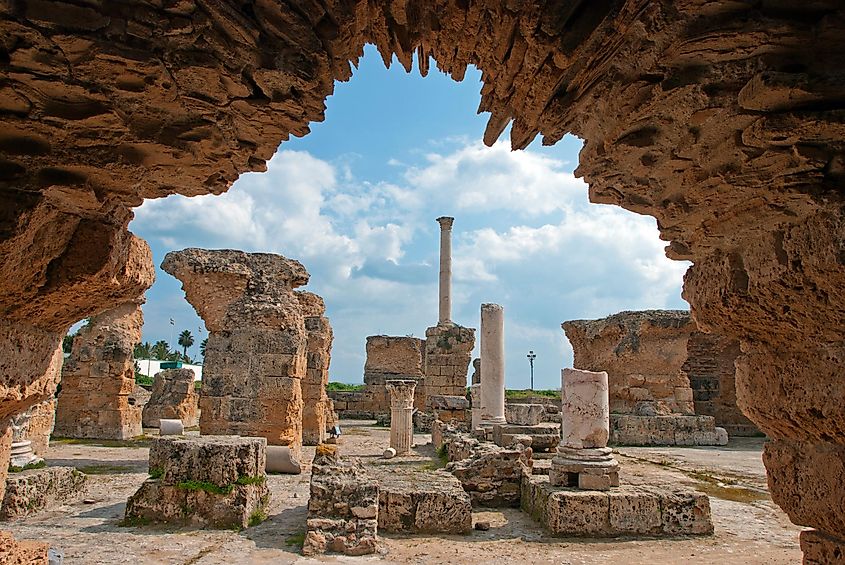
Carthage was a settlement located in the northernmost part of Africa, in what is now modern-day Tunisia. It began as a small settlement, grew into a city-state, and eventually developed into an empire. Carthage was originally established by colonists from Tyre, known as the Phoenicians, who focused on maritime trade and expansion. When Phoenicia was conquered in the seventh century BCE, Carthage gained independence and emerged as a powerful entity in the region.
As a significant maritime power, Carthage engaged in three major conflicts with Rome, known as the Punic Wars. Ultimately, Carthage was defeated by Roman forces in the Third Punic War in 146 BCE. The city of Carthage was destroyed, and Rome subsequently constructed a new city on its site. Because nearly all of Carthage's written records were lost following the Third Punic War, most of what we know about this ancient civilization comes from Greek and Roman accounts.
Substantial ruins of Carthage are protected as World Heritage Sites, in spite of urban sprawl.
Rome, Italy
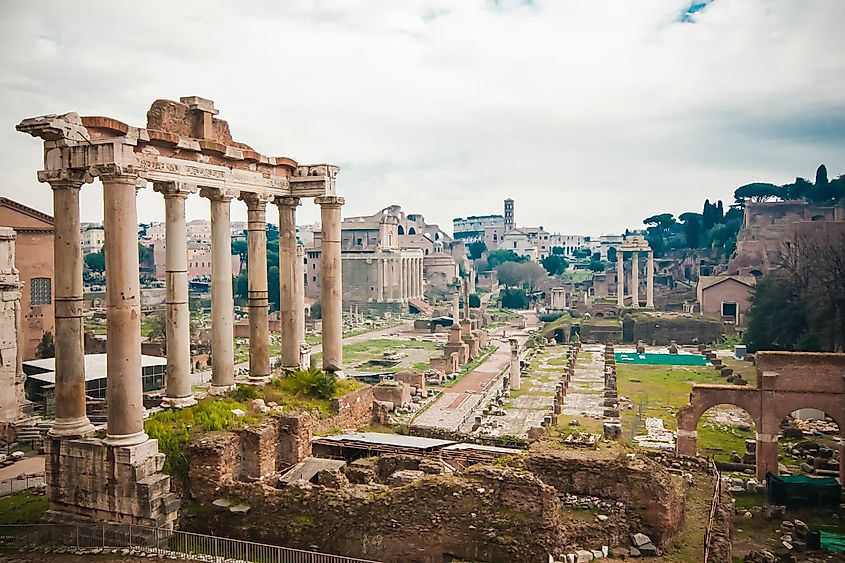
Rome began as a settlement along the Tiber River around 750 BCE. This settlement grew into a city that would eventually expand into an empire, colonizing much of the Mediterranean and Europe through its military power. The city of Rome was founded in the eighth century BCE, and the Roman Empire fell in the fifth century CE.
At its peak, the Roman Empire encompassed approximately 1.9 million square miles and had anywhere between fifty and ninety million citizens. At the height of its colonial power in 117 CE, as many as 20 percent of the world's population were Roman citizens.
Rome originated as a Kingdom in its earliest days, though it evolved to a system of elected monarchy and held places for kings in the realm of spiritual and religious (if not political) life up until the Roman Republic was formed near the end of the sixth century BCE. Romans experimented with a variety of elected positions, lengths of terms, and democratic processes during the transition from kingdom to republic.
Beginning in the fourth century BCE, Rome began the process of attempted (and often successful) colonization from North Africa to the Middle East and all over Europe. During three successive Punic Wars, Rome triumphed over Carthage and slid into military dictatorship.
As the Empire progressed deeper into dictatorship, so too began the process of decline of the Roman Empire. Much of this decline can be attributed to civil war and in-fighting, invasions by external armies, pandemics, and economic depression. It became the capital of the Christian Empire in the fourth century CE.
At present, there are thirteen World Heritage Sites in Rome, in addition to the bustling modern city thriving around them.
Nineveh, Iraq
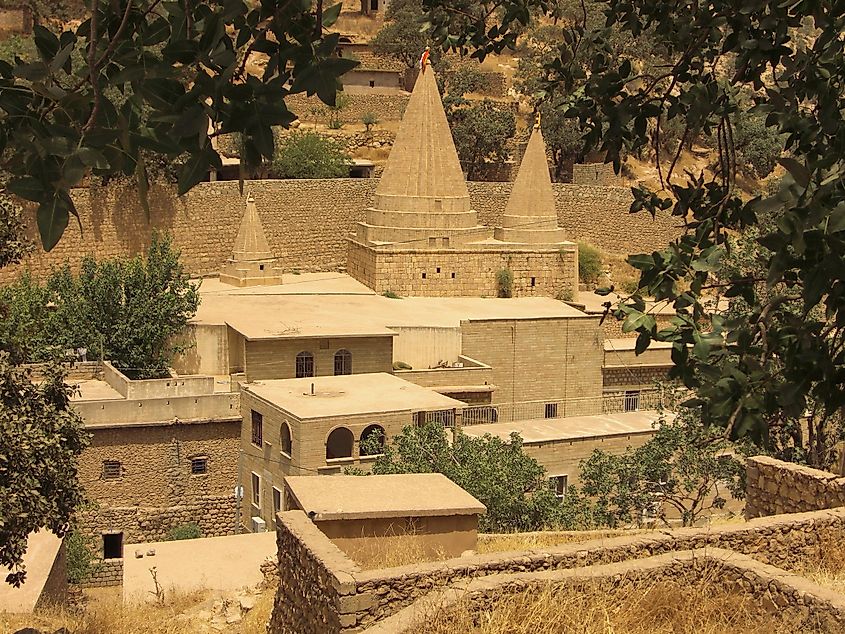
Nineveh was an ancient city in Upper Mesopotamia, surrounded today by what is known as the modern city of Mosul, Iraq. It was the oldest and most heavily populated city of the Assyrian Empire, one of the most powerful Empires in Middle Eastern history. Nineveh is located on the east bank of the Tigris River.
Nineveh was initially a small hamlet, settled on the bank of the Tigris, but grew into the largest city in the world and maintained that position for approximately fifty years until approximately 612 BCE.
Artifacts recovered from Nineveh suggest that the city possessed early copper smelting technology that seem to have contributed to its growth trade status. The city is mentioned in the Hebrew Bible, The King James Bible, and several other religious texts
In 627 Nineveh was site of a battle between the Eastern Roman Empire and the Sasanians. The city was conquered by the Arabs in 641 and reduced to an administrative center where it was successively demoted until it was left in little more than ruins.
The excavation of Nineveh commenced in 1842 and at present, all that remains of the once-great city are two mounds, surrounded by what still stands of the city walls. The structures which have been excavated from these two mounds have faced extensive looting and destruction by the Islamic State of Iraq.
Ancient cities tell us so much about the way we as humans have lived throughout the ages. From these sites, we can learn how civilizations rose and how they fell. Perhaps, by learning what befell our ancestors in these once-great cities, we can avoid their mistakes and extend greater longevity for ourselves in the cities and states that have succeeded them.











